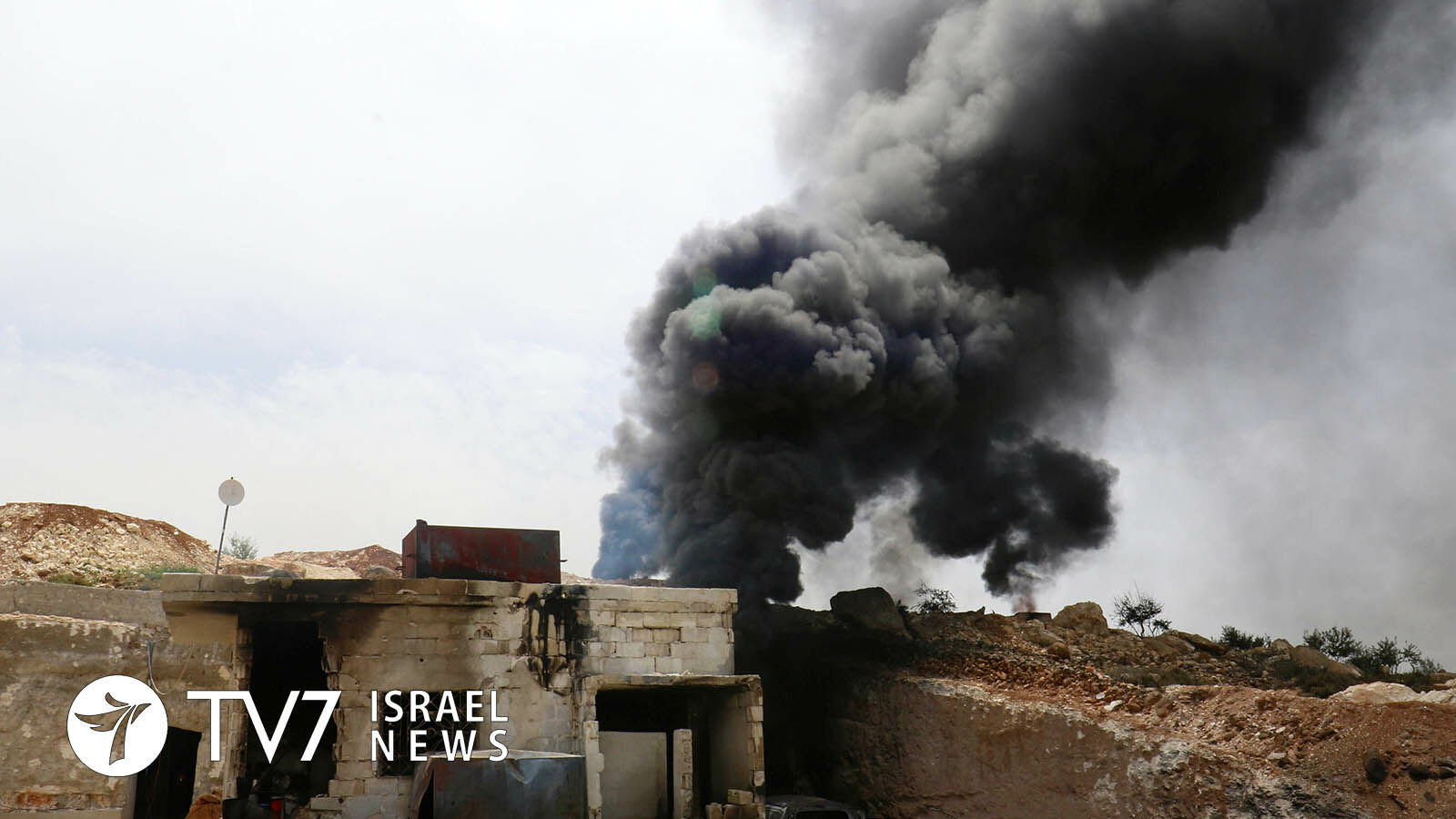The Islamic State operative and two of his comrades were apprehended in a dramatic helicopter mission.
By Erin Viner
“The capture of Hudayfah al Yemeni and his associates will disrupt the organization’s ability to plot and carry out operations,” said a statement released by the US Central Command (CENTCOM).
While announcement of the capture was released yesterday, the raid was conducted in eastern Syria late on Saturday.
The extremist terror group is known by several names, including “IS” for Islamic State, ISIL for the Islamic State of Iraq and the Levant, or its Arabic acronym “Daesh.” It is the successor of al Qaeda‘s notoriously bloodthirsty Iraq branch, that proliferated in the aftermath of the 2003 US invasion and ousting of former Sunni Muslim dictator Saddam Hussein.
ISIS controlled one third of Iraq and Syria at the peak of its brutal territorial conquests in 2014, enforcing its extremist interpretation of Islam, committing atrocities including the slaughter of thousands of Yazidis, before being largely defeated by the US-led Global Coalition of international forces in 2017 and losing its last significant territorial conquest in 2109. It also carried out numerous attacks overseas, most notably a rampage that killed 130 people in Paris in 2015.
Earlier this month on 3 April, the US killed a senior ISIS leader in Syria, Khalid ‘Aydd Ahmad al-Jabouri. The radical Islamist terrorist was the mastermind in the planning ISIS attacks in Europe and Turkey and developed the group’s leadership structure in Turkey.
Sources in Syria said Jabouri, originally from Deir al-Zour in southeastern Syria, was killed in a drone strike in the rebel-held northwest where other Islamic State leaders have holed.
Two locals said he was attacked near his home on the outskirts of the village of Kaftin, a few kilometers from where its first notorious leader Abu Bakr al-Baghdadi was killed in a 2019 US raid.
According to a regional intelligence source, Jabouri had been monitored for the last few months as he moved between the Syrian cities and towns of Hasaka, Raqqa, Jarablus and al-Bab, and was in Idlib province when he was killed. “They got an informant tip that he is in Idlib so they put him under surveillance for a while and then executed the strike,” the source added.
CENTCOM specified that no civilians were killed or hurt during either of the recent operations.
Despite being beaten back in both countries, Islamic State terrorists continue to wage insurgent attacks.
While the latest developments serve as further blow to the murderous terror group that was driven from its self-declared “caliphate,” said the US Central Command, while stressing that the Islamic State nevertheless “continues to represent a threat to the region and beyond.”
Underscoring that “Jabouri’s death would “temporarily disrupt the group’s ability to plot external attacks,” the statement noted that, “though degraded, the group remains able to conduct operations within the region with a desire to strike beyond the Middle East.”
A United Nations report published in February said the threat posed by Islamic State and its affiliates to international peace and security was high in the second half of 2022, having increased in and around conflict zones where it has a remaining presence.
ISIS is estimated to have between 5,000 to 7,000 members and supporters throughout between Syria and Iraq, roughly half of whom are fighters, said the UN report.
Northwestern Syria is currently controlled by a radical Muslim jihadist group that fought Islamic State earlier in Syria’s 12-year-long war.
Current ISIS leader is Juma Awad al-Badri known by his nom de guerre of “Abu al-Hassan al-Hashemi al-Quraishi. He is an Iraqi national and Baghdadi’s elder brother. The family includes two additional brothers, one detained for years by Iraqi security services, while the other’s whereabouts are unknown although he is also believed to be a radical Islamist, said one of the officials.
The so-called “third caliph” was appointed following the death of the terror group’s second leader, Abu Ibrahim al-Quraishi, who succeeded Baghdadi. Both of the terror group’s first two leaders died by blowing up and killing themselves and family members during raids by United States special forces on their hideouts in northern Syria.
“Badri is a radical who joined Salafi jihadist groups in 2003 and was known to always accompany Baghdadi as a personal companion and Islamic legal adviser,” one of the Iraqi security officials told the news agency, adding that he has long led the Islamic State’s five-member Shura Council that guides strategy and decides succession of fallen leaders.
The selection of “Quraishi” for Badri was meant to convey lineage from Islam’s Prophet Mohammad as previously professed by both of his predecessors, intended to inspire ‘religious clout’ among fellow Jihadi Islamic extremists. Abu Ibrahim al-Quraishi’s real name was Amir Mohammed Abdul Rahman al-Mawli al-Salbi, while Baghdadi’s name at birth was Ibrahim Awad Ibrahim Ali al-Badri al-Samarrai.
